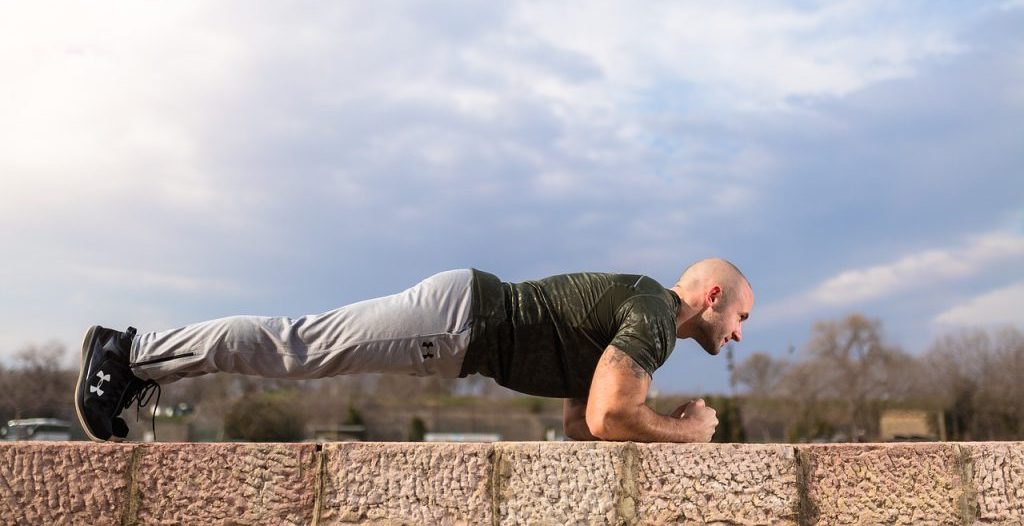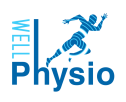
One of the most common reasons patients get referred to me for physiotherapy is low back pain… perhaps unsurprising given that the condition affects over 80 per cent of the population at least once in their lives and is one of the top five reasons why patients visit their doctor.
The reason why it’s so common is because your lower back bears the most weight and stress. In addition to being overweight, other risk factors include age, a lack of exercise, bad posture, smoking, pregnancy, and occupational or sports-related injuries.
The onset of acute low back pain is typically sudden and around 30 per cent of first-time sufferers report that their symptoms lasted for more than 4 weeks. However, it can develop into a chronic condition with symptoms continuing for more than a year in some cases.
Despite the efforts of the National Institute for Health and Care Excellence (NICE) to provide comprehensive guidelines for the management of low back pain, only 15 per cent of patients receive a specific diagnosis, with the majority getting a ‘non-specific’ low back pain diagnosis.
These diagnostic challenges mean patients often have to wait months before their symptoms are correctly treated… leaving them battling with distressing symptoms such as a persistent aching or burning pain; tightness; and an inability to stand straight (especially after prolonged sitting) or walk any distance without experiencing pain or muscle spasms in the lower back.
This can trigger anxiety, depression and pain catastrophizing – when patients focus increasingly on their pain and the problem becomes magnified, leaving them feeling increasingly helpless and unable to cope. Patients who catastrophize about their pain have been found to be at higher risk for developing chronic low pain and disability. The latter is an all too common reality for many sufferers as low back pain is the leading cause of disability.
I’ve seen first-hand how early intervention, including taking the appropriate care when low back pain suddenly strikes can significantly help reduce the severity and duration of symptoms.
Acute low back pain: The first 24 hours are crucial!
Here’s what to do in the first 24 hours when low back pain brings you to your knees:
1. Self-assessment: Getting to the root of the problem. Before you do anything, first try and identify the activity that triggered the pain, like heavy lifting or engaging in strenuous exercise, which indicates muscle damage or strain. If you had an accident, like falling down stairs or slipping on the bathroom floor, your symptoms could signal a disc dislocation or spinal fracture, in which case you need to seek medical advice immediately.
2. Applying heat can provide much-needed relief: Most cases of acute low back pain relate to muscle pain and stiffness. Topical low-level heat therapy, like a heat patch, applied to the lower back region – in combination with the exercises outlined in point three – can help ease pain and increase mobility.
It’s important to be aware that heat patches usually contain some kind of pharmacological painkilling agent. If you prefer not use these, you can place a hot water bottle behind your lower back while sitting, to warm the muscles.
3. Two exercises that can help ease your pain: After the application of heat try the following two gentle physical exercises:
• Lower back extension from prone position: Lying face down on the floor with your hands under your shoulders (palms towards the floor), slowly press up your torso as far as you can and hold the position. Slowly return to your start position. Repeat 10 times.
• Lower back flexion from supine position: Lying flat on your back on the floor, facing up with your hands resting by your sides. Slowly pull your knees towards your chest. Keeping your back flat on the floor, hug your knees to your chest. Hold for a few seconds. Slowly return to your start position. Repeat 10 times.
Repeat heat application followed by these two exercises every 4 hours.
Contrary to popular belief, staying in bed can make your back pain worse.
Patients often mistakenly believe that resting will improve low back pain, when in fact inactivity can actually worsen symptoms and delay your recovery. Staying physically active and carrying on as normally as possible, while taking care not to aggravate the problem, will also help avoid triggering psychological symptoms.
4. Massage and Acupuncture: The American College of Physicians (ACP) recommends massage therapy and acupuncture for low back pain relief. These two therapies are not essential but they can help you get back on your feet faster by significantly improving mobility and function.
5. Low-dose painkillers: NICE recommends the lowest effective dose of non-steroidal anti-inflammatory drugs (NSAIDs), like ibuprofen.
However, a recent overview of research has shown that only 1 in 6 patients treated with NSAIDs, for conditions such as back and neck pain and sciatica, received any pain relief that they would not have got from a placebo. Worse still, the drugs were found to more than double the risk of problems such as gastrointestinal bleeding and stomach ulcers.
It’s important not to take painkillers if you’re using a heat patch that contains NSAIDs or paracetamol to avoid the risk of potential drug interactions or overdosing. Always read the label for contraindications.
Finally:
Gentle and slow physical activity, combined with topical heat should make the first 24 hours when low back pain strikes a lot more bearable — it may even help you to avoid a trip to the doctor altogether.
However, if your symptoms worsen or you experience any neurological abnormalities like muscle weakness, loss of sensation in your lower limbs and bladder, or bladder disturbances, you should seek immediate medical assistance to rule out a serious conditions like Cauda Equina Syndrome.
Likewise, if your symptoms don’t get better within a few weeks or continue to recur consult with your doctor and ask for a referral to a physiotherapist who can provide you with a tailor-made rehabilitation treatment protocol that will help you get back on track and become pain free.
